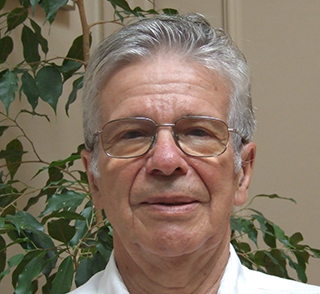
CIM Distinguished Lecturers
Carlos Díaz was educated at the University of Chile, Columbia University (MSc), and the Imperial College of the University of London (DIC, PhD). He taught chemical thermodynamics and extractive metallurgy at the University of Chile, where he also held the positions of Head of the Department of Mining and Director of the School of Engineering. In 1975, he joined Inco Limited as Head of the Pyrometallurgy Section of the J.R. Gordon Research Laboratory, where he was responsible for research leading to new copper and nickel smelting and converting processes. He retired from Inco in 1997. Currently, he is Director of the Centre for Chemical Process Metallurgy, based at the University of Toronto, where he is also an adjunct professor in the Department of Materials Science and Engineering.
Díaz was actively involved in the organization of Copper 87, the first of the Copper-Cobre series of international conferences, and on each of the succeeding copper conferences. He is the author or co-author of a book on the thermodynamic properties of copper smelting slag systems, more than 50 technical papers and 15 patents of invention, and co-editor of numerous international conference proceedings. He is a past-president of the Metallurgical Society of CIM, a fellow of CIM and a member of the Chilean Institute of Mining Engineers. Díaz is the recipient of numerous Canadian, Chilean and American awards.
The Evolution of Copper Smelting Practices in the Last Three Decades
Abstract: The lecture will provide a retrospective look at the dramatic changes that have taken place in copper smelting in the last three decades. Topics include: the development os autogenous, increasingly more intensive, environmentally sound and energy-efficient smelting processes; significant improvements in Peirce-Smith converting practices and, at the same time, the commercialization of alternative continuous converting routes; the consequent expansion and modernization of smelters; the increasing compliance with strict government environment regulations in most copper-producing regions of the world; the realignment of the copper smelting industry throughout the world; and trends in copper smelting R&D. The lecture concludes wth a look at the future advancement of copper smelting technology.
 - dev.png)

